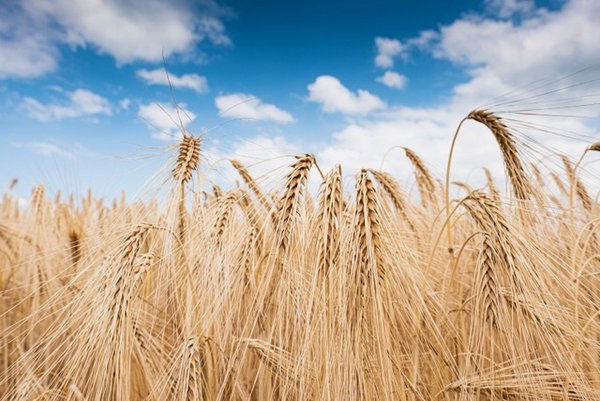 Read this article in French
Read this article in French- Share this article
- Subscribe to our newsletter
More sustainable agriculture through the global redistribution of nitrogen fertiliser
Currently, around 60 per cent of world-wide nitrogen fertiliser application is accounted for by grain crops such as maize, wheat or rice. These crops need nitrogen fertiliser to grow and to enhance their yields.
However, large amounts of the fertiliser get into the soil and groundwater or are released into the atmosphere as laughing gas. They thus pollute the environment and contribute to biodiversity loss, climate change and the depletion of the ozone layer. This is a particular problem in the major areas under cultivation in North America, Europe and East Asia, where comparatively large amounts of nitrogen fertiliser are applied.
KIT researchers have now developed models of how a world-wide redistribution of the effect which nitrogen fertiliser application could have. For this purpose, they simulated different amounts of fertiliser at various locations and calculated the overall production of maize, wheat and rice between 2015 and 2030 with the aid of the biochemical model LandscapeDNDC.
“The background to our surveys was the question of how we can produce sufficient amounts of food without exceeding the ecological limits,” explains Dr Andrew Smerald of KIT’s Institute of Meteorology and Climate Research Atmospheric Environmental Research (IMK-IFU), Campus Alpin, in Garmisch-Partenkirchen/Bavaria/Germany.
A redistribution of global fertiliser application is necessary
“Our models demonstrate that the world-wide overall consumption of nitrogen fertiliser could be reduced by 32 per cent with a more even distribution without inhibiting the current level of grain production,” says Smerald. “This works by redistributing nitrogen fertiliser from the traditional cultivation areas such as China, North America and Europe to less used areas like Sub-Saharan Africa.” Increased production in these regions would then make up for the decline in production in other areas.
With this approach, wheat and maize production could make do with 45 and 33 per cent less nitrogen fertiliser respectively, without affecting the world-wide volume of production. At the same time, nitrate leaching could be reduced by 71 per cent for wheat and 63 per cent for maize.
“Our study shows that a more even distribution of nitrogen fertiliser across the world-wide areas under cultivation reduces dependence on the current granaries as well as nitrogen pollution in East Asia and other strongly fertilised regions,” says Smerald.
Another advantage would be that crops could be grown closer to where they are in demand. For example, enhancing harvest yield in Africa would enhance the continent’s potential self-sufficiency.
The results were published in Communications Earth & Environment in late September.
(KIT/wi)
Reference:
Andrew Smerald, David Kraus, Jaber Rahimi, Kathrin Fuchs, Ralf Kiese, Klaus Butterbach-Bahl & Clemens Scheer: A redistribution of nitrogen fertiliser across global croplands can help achieve food security within environmental boundaries. Communications Earth & Environment, 2023. DOI: 10.1038/s43247-023-00970-8





Add a comment
Be the First to Comment